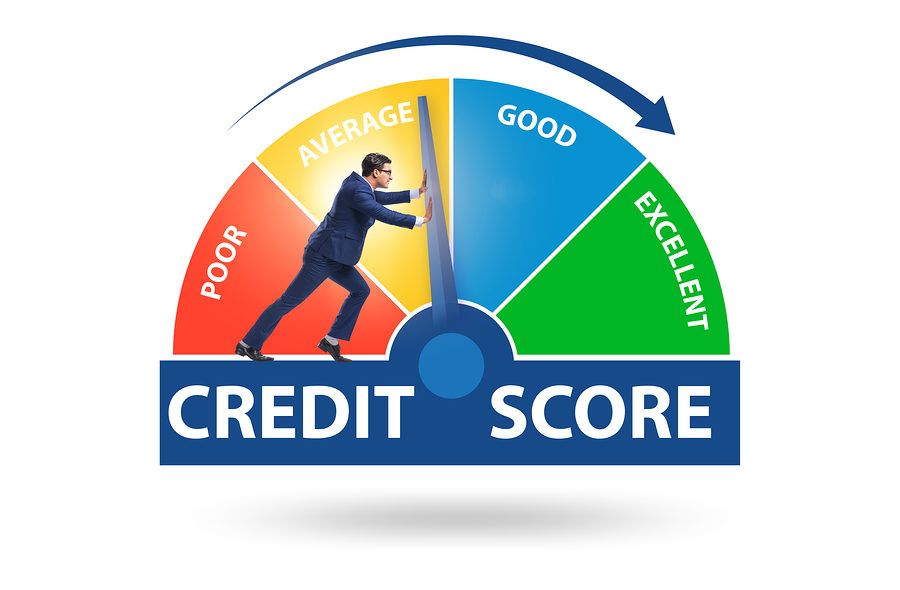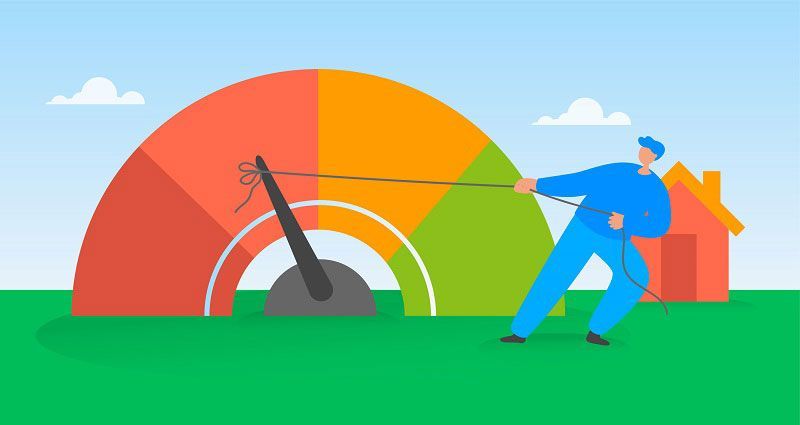We are an Equal Employment/Affirmative Action employer. We do not discriminate in hiring on the basis of sex, gender identity, sexual orientation, race, color, religious creed, national origin, physical or mental disability, protected Veteran status, or any other characteristic protected by federal, state, or local law.
Understanding Your Escrow Account and Handling Shortages
If you're a homeowner, you've likely encountered the term "escrow account," but fully grasping how it functions and what steps to take when issues arise might seem overwhelming. That's exactly why we're here—to simplify it for you. An escrow account is essentially a financial tool used by your mortgage servicer to manage the money used for paying your property taxes and homeowner's insurance on your behalf. It ensures that these critical payments are made on time allowing you to free yourself from the responsibility of having to manage each bill individually.
However, there are times when the balance in your escrow account might fall short of what's needed, leading to what's called an escrow shortage. This can happen for several reasons, stemming from increases in property taxes or insurance premiums. Understanding escrow account management can help you anticipate potential shortages and address them effectively before they become overwhelming. We are going to delve deeper into how escrow accounts work, discuss common reasons they can end up short, and provide you with action items you can take to manage your account smoothly.
In this article you will find:
- What is an Escrow Account
- Why Escrow Accounts can be Short
- How to Handle Escrow Shortages
- Proactive Measures to Prevent Escrow Shortages
- Navigating Discussions with Your Lender
What is an Escrow Account?
An escrow account like a special savings account that your mortgage lender manages for you. Your mortgage payment is set up in a specific way. A portion of what you send to your mortgage company is your payment for the principal balance of the loan and interest you agreed to pay. Additional funds are added to the monthly mortgage payment to cover the annual average cost of your property taxes and homeowners insurance. The amount for the taxes and insurance is automatically directed into the escrow account. This designated fund is then used to cover essential annual payments for your property taxes and homeowners insurance, ensuring these crucial bills are paid on time without any hassle on your part.
The principle behind escrow account management is straightforward: by setting aside a small amount each month, your lender helps you avoid the stress of large, unexpected expenses. This way, when the time comes to pay those hefty annual or semi-annual bills, you don't have to scramble to gather funds—everything is already arranged and covered. This system not only helps keep your finances organized but also protects you from the possibility of tax liens or insurance lapses due to missed payments. By understanding how your escrow account works, you can better manage your home finances and ensure you are always prepared for these significant, necessary expenses.
Why Escrow Accounts Can Experience Shortages
Sometimes, the balance in your escrow account might not be enough to cover your property taxes or homeowners insurance. This shortfall, known in the world of escrow account management, is called an escrow shortage. This can occur for several reasons. For instance, if the value of your home increases—perhaps due to market improvements or home renovations—your property taxes are likely to increase accordingly. Your property taxes are based on your home's assessed value. Similarly, your insurance premiums might increase year after year, or if you make changes to your coverage.
Another typical scenario that leads to an escrow shortage occurs with home purchases of brand new homes. Initially, your escrow account may only cover the land value if the house wasn't assessed in the property taxes when you bought it. Once the county recognizes a new structure on the property, your tax assessment will increase to reflect the value of both the land and the new home, which is usually much higher. This update can lead to a sudden increase in your tax liability, catching many homeowners off guard. Understanding these potential triggers can help you manage your escrow account more effectively and prepare for possible adjustments in your monthly budget.
How to Handle an Escrow Shortage
If you've received a letter from your lender indicating there's a shortage in your escrow account, what should you do next? Here’s a step-by-step approach to managing and resolving an escrow shortage.
Review the Escrow Statement
First off, check the details in your escrow statement carefully. It’s essential to ensure that all entries are correct. Mistakes happen more often than you might think, and the shortage could very well be due to a miscalculation or clerical error. Look over the amounts that were supposed to cover your taxes and insurance. If the numbers don't add up, this might be the source of the problem.
Understand Your Options
When it comes to resolving the shortage, you typically have two choices. One option is to pay the entire shortage amount upfront. This method can be financially challenging but will immediately rectify the shortage issue. This method will help ensure your monthly mortgage payment does not increase too much. The second option is to spread the shortfall amount over the next twelve months. This will result in an increase in your monthly mortgage payments but will distribute the financial burden in smaller, more manageable amounts, easing the immediate strain on your budget.
Make an Informed Decision
Consider your financial health and what you can realistically manage without jeopardizing your other financial commitments. If you have the means to clear the shortage all at once and prefer to quickly get back on track, paying it off in one fell swoop could be the best solution. However, if you need to balance other expenses and can't spare the full amount immediately, opting to increase your monthly payments might be the more practical choice. Remember, the key is to choose the option that aligns best with your current financial situation and long-term financial goals.
By understanding these steps and evaluating your financial options carefully, you can effectively manage your escrow account and address the issues that arise, keeping your finances in check. Always remember, effective escrow account management is crucial for maintaining your financial stability and ensuring that you are not caught off guard by unexpected expenses.
Proactive Measures to Prevent Escrow Surprises
Nobody enjoys financial surprises, especially when they impact your budget unexpectedly. To keep your escrow account on track and avoid potential shortages, here are several proactive steps you can take.
Keep an Eye on Property Tax Changes
Always be alert to notifications from your local tax office regarding assessments and valuations. Property values can fluctuate, often influenced by market conditions and improvements you make to your home. If you notice an increase in your property's value, it's likely your property taxes will rise accordingly. Being aware of these changes allows you to anticipate adjustments in your escrow payments, helping you manage your finances better. Another option in some states, like Texas, you have the ability to challenge increased taxes and property value assessment.
Monitor Insurance Renewals
Homeowners insurance is another significant component of your escrow expenditures. Insurance premiums can vary from year to year, affected by factors such as claims history, inflation, and changes in your coverage. Make it a habit to review your insurance renewal notices each year. If there's an increase in your premium, this will directly impact your escrow account. Knowing this in advance gives you a chance to shop around for better rates or adjust your coverage as needed.
Set Aside a Little Extra
A practical way to cushion yourself against increases in taxes or insurance is to set aside a small extra amount specifically for your escrow each year. This proactive strategy acts as a financial buffer, easing the burden when you face higher-than-expected escrow payments. This additional savings can help smooth out the fluctuations in your escrow account, ensuring you're less likely to face a shortage.
By implementing these measures, you can maintain better control over your escrow account management. Taking these steps doesn't just help prevent surprises but also contributes to a more stable and predictable financial situation regarding your home.
Navigating Discussions with Your Lender
When it's time to discuss your escrow account with your lender, preparation is key to ensure that the conversation is as effective and straightforward as possible. Here are some tips to help you manage discussions about escrow account management efficiently:
Be Prepared
Before your meeting or call, gather all relevant documents, such as your latest escrow statement, any correspondence related to your escrow account, and notes on what issues or questions you have. Have your property tax and insurance statements available as well. Understanding the details of your escrow account, such as payment history and any changes in charges, will make your discussion more focused and productive. This readiness demonstrates to your lender that you are informed and serious about the conversation, which can lead to a more constructive dialogue.
Stay Calm and Patient
Talking about financial topics, especially those that affect your home and long-term budget, can be stressful. However, these conversations are crucial and can become informative. Approach them with patience and a level head. If you remain calm, you are more likely to understand the intricate details of your escrow account and receive better service from your lender’s representative.
Follow Up
After discussing your escrow account with your lender, it’s important to summarize what was agreed upon and clarify any next steps. Make sure you fully understand any actions you need to take or what the lender will do to address your concerns. Keep a record of all communications, including dates, the names of people you spoke with, and the outcomes of your conversations. This documentation will be invaluable if there are discrepancies in the future or if you need to revisit the discussion.
By being prepared, staying calm, and keeping thorough records, you can navigate discussions with your lender more effectively, ensuring that any issues with your escrow account are addressed promptly and correctly.
Final Thoughts
Mastering the intricacies of escrow account management doesn’t need to be overwhelming. With the right information and a proactive approach, you can effectively handle any shortages and even prevent them from occurring in the future. The secret is to stay informed about the factors that impact your escrow, such as changes in property taxes or insurance premiums, and to be prepared for possible fluctuations. By actively managing your escrow account, you can ensure that your financial obligations for your home are met smoothly, keeping your finances stable and predictable. This not only gives you peace of mind but also solidifies your standing as a responsible homeowner.
Share with Us
Have you ever encountered an escrow shortage? What was that like for you? Share your experiences in the comments below, or if you have any questions or need advice, don’t hesitate to reach out. Let’s keep the dialogue open and learn from each other’s experiences.









NMLS #514497
Full service residential lender with an experienced team offering expert service, reliable communications and on-time closings in the greater Houston area.
NMLS #278675


Every week we release educational videos related to hot topics in the mortgage industry on YouTube.
Subscribe to our channel to stay in-the-know!
All Rights Reserved | Jennifer Hernandez | Legacy Mutual Mortgage. NMLS #514497
Made with ❤️by ARBA
